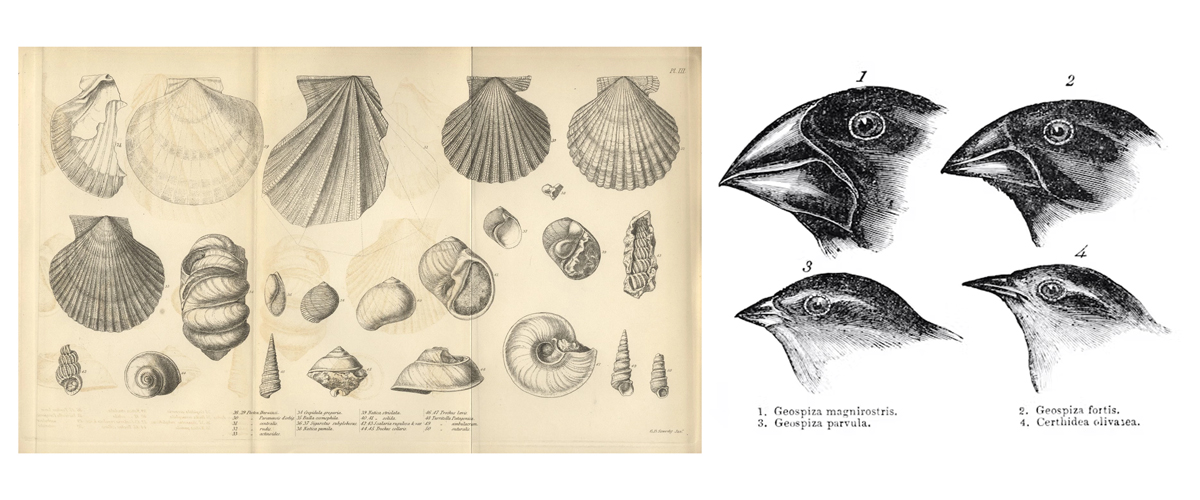For researchers, communicating findings has always been central to scientific progress🔬. What began in private letters and lab notebooks has expanded into instant global sharing🌍—each shift opening new ways to collaborate and engage the public.
✨In the early days, scientific exchange occurred through correspondence and limited-print journals. Newton’s Principia, for example, was revolutionary but reached only a handful of peers. Access was a barrier, and research advanced within small, often isolated, academic circles.
The introduction of detailed imagery marked a turning point. Charles Darwin’s manuscripts—filled with sketches of finch beaks, barnacles, and geological formations—show how drawings helped shape and support theoretical arguments. His work underscored that a clear scientific illustration could convey complex ideas—like variation and adaptation—more effectively than text alone. These hand-drawn figures were among the earliest forms of research data visualization, setting standards that are still relevant today.

The 20th century democratized science communication. Journals became more accessible, and radio and TV brought science into living rooms. Researchers like Carl Sagan and David Attenborough used broadcast media to make astronomy and natural history compelling to millions. These mediums required new skills—scientists now had to be not just experts, but also storytellers.
The internet changed everything.
Preprint servers like arXiv allowed immediate dissemination of results.
Open-access journals promoted broader readership.
Tools like BioRender and Python-based libraries enabled researchers to create professional-grade diagrams and animations without design expertise.
Social media turned papers into conversations.
Today, labs tweet discoveries, host podcasts, and build interactive websites. Data is shared in real time, and collaboration is global. Yet speed brings challenges: misinformation, oversimplification, and information overload. For researchers, communicating clearly and accurately is now both easier and more difficult than ever.
Emerging tools are set to deepen the way we share science. AI can generate plain-language summaries of dense papers. Virtual reality lets audiences “enter” a cell or walk on Mars. For researchers, these technologies offer powerful new modes for publication and public engagement.

For scientists, communication is not an add-on—it’s essential. Whether through Darwin’s careful drawings, a well-designed conference poster, a cleanly coded GitHub repository, or a viral science video, how researchers share their work shapes its understanding, impact, and future direction.
Our hours
Beijing time: 9:00-18:00